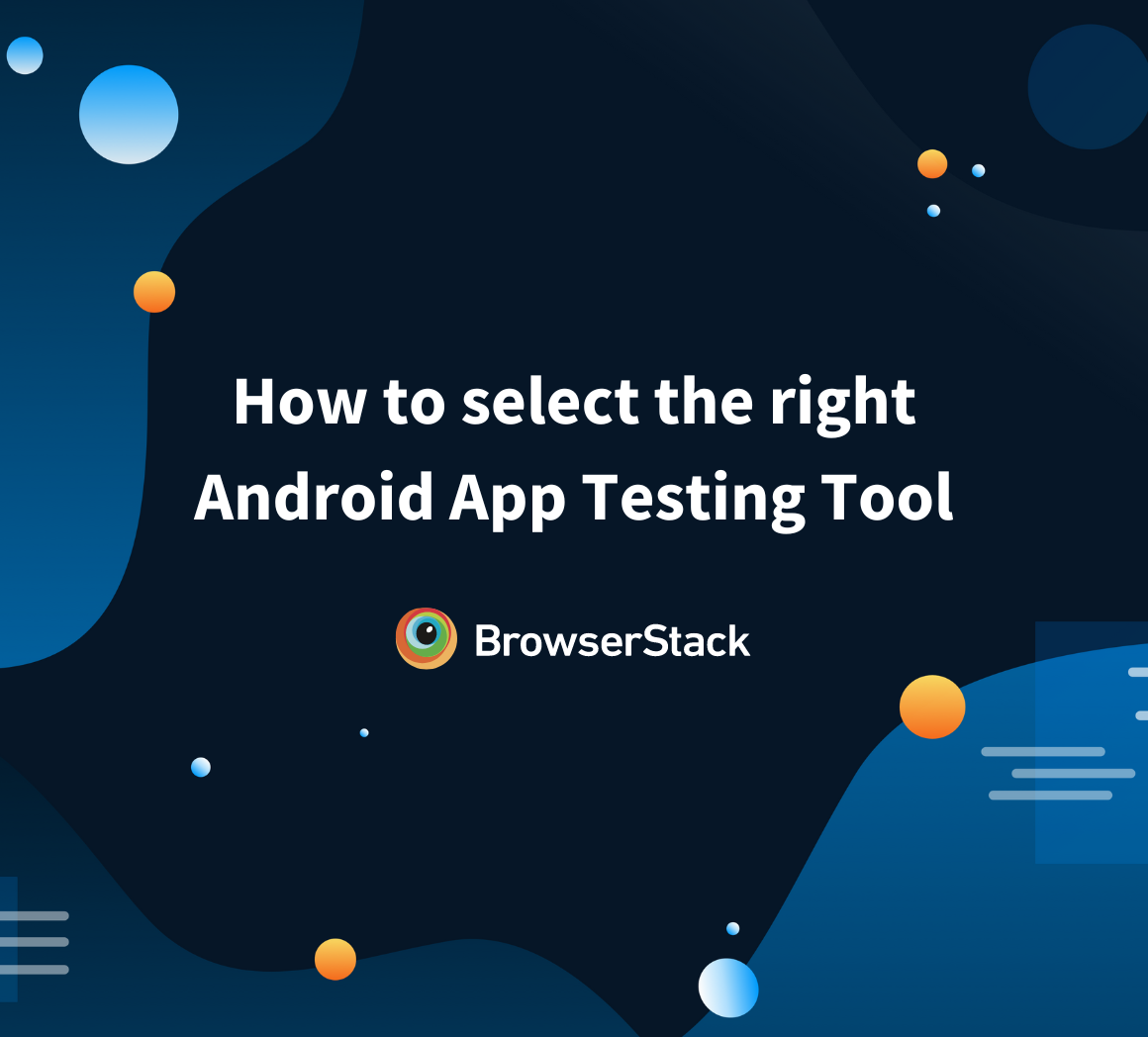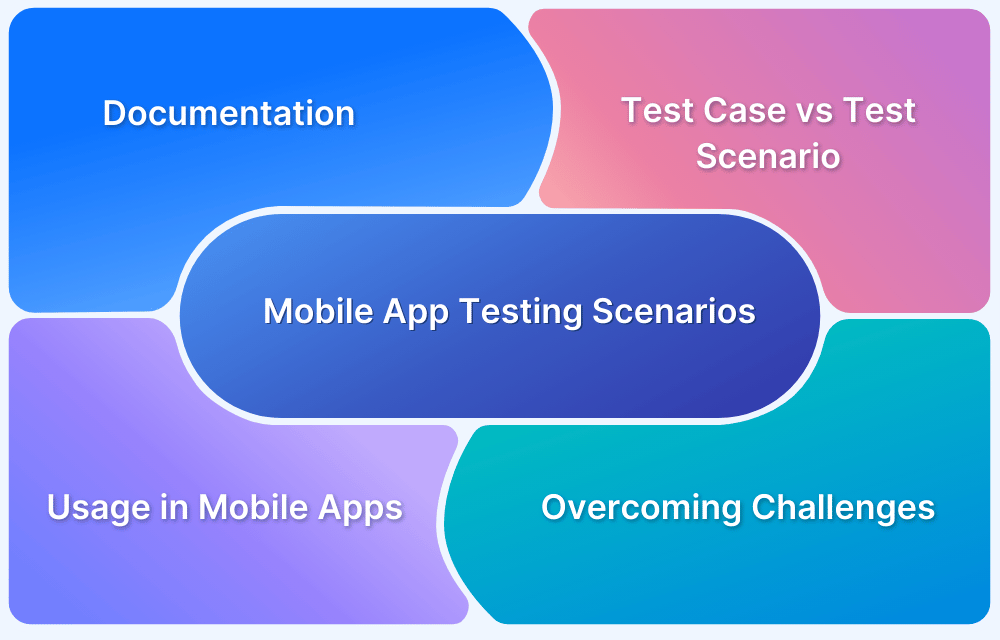Modern applications rely on multiple technologies working together for seamless functionality. This combination is called an App Stack, and it forms the foundation for building and maintaining robust, scalable software.
Overview
An app stack is a collection of software tools and technologies used together to build and run applications. It typically includes components for the front-end, back-end, database, and server.
Purpose:
The purpose of an app stack is to streamline development, ensure smooth integration between layers, and support scalable, efficient applications.
Popular Examples:
- LAMP (Linux, Apache, MySQL, PHP)
- MEAN (MongoDB, Express, Angular, Node.js)
- Django Stack (Python, Django, PostgreSQL)
Why App Stacks Are Used:
- Faster development with pre-integrated tools
- Easier maintenance and updates
- Better scalability and performance
- Improved collaboration among developers
- Flexibility to choose the right tech for each layer
A well-structured app stack ensures high performance, security, and adaptability to business growth. This article explores the fundamentals of an App Stack, its key features, and significance in software development.
What is an App Stack?
An App Stack, or application stack, is a collection of software, frameworks, and tools required to develop and run an application. It includes everything from the operating system to databases, back-end frameworks, and front-end technologies. Each layer of the stack serves a specific function, ensuring the smooth operation of the application.
For example, a typical web application app stack consists of:
- Operating System: Linux provides a foundation for running the application.
- Web Server: Apache or Nginx for handling requests and delivering content.
- Database: MySQL is used to store and manage application data.
- Programming Language: Python, JavaScript, etc., for backend and frontend development.
Read More: Web Application Development in 2025
Features of App Stack
Some of the features include:
- Scalability: Supports growing apps by handling increased user traffic and data efficiently.
- Flexibility: Allows developers to choose from various technologies based on project needs.
- Efficiency: Provides a structured approach to development, reducing setup time and complexity.
- Security: Includes built-in security measures to protect the apps from any vulnerabilities and cyber threats.
- Interoperability: Ensures seamless integration between different software components.
- Performance Optimization: Optimized tools and frameworks help apps run smoothly and respond faster.
- Cross Platform Support: Some stacks support applications to run on different platforms like web, mobile and cloud.
To ensure consistent performance across different platforms, it is essential to conduct cross-platform testing of the final application. BrowserStack enables testing across a wide range of real browsers and devices, allowing developers to validate the functionality, responsiveness, and compatibility of the app to deliver a seamless user experience.
Importance of Using an App Stack
Here’s why App Stack is important:
- Improved Performance: The right app stack ensures your mobile and web apps run efficiently. It helps optimize performance and resource usage, leading to a faster, more reliable user experience.
- Faster Load Times: A well-optimized app stack speeds up the launch screen and initial page load, reducing wait times. This allows users to interact with the app instantly, improving the overall experience.
- Seamless App Integration: An app stack enables seamless integration between different applications, ensuring smooth communication and consistent functionality across platforms and services.
- Modular Independence: Each component or module within the app stack operates independently without relying on external resources, making it easier to update or fix individual parts of the application.
Use Cases of App Stack
Some of the common use cases are:
- Building Web Applications: App stacks are key for creating web applications, including server-side HTML apps, backend servers (such as REST APIs), and standalone Java apps. They help manage databases, handle user requests, and process data efficiently.
- Mobile App Development: App stacks are used to build mobile applications for various operating systems and devices. Different tools and frameworks in the stack create and deploy apps that work seamlessly across platforms.
- Cloud Applications: App stacks are used to build cloud applications, providing scalability and flexibility. These stacks ensure that cloud apps can grow easily and perform well as they handle more users and data.
- Enterprise Solutions: App stacks are used to build complex, enterprise-level applications that require integration with other business tools, secure data management, and high performance.
- Content Management Systems (CMS): App stacks like LAMP or LEMP are commonly used to develop CMS platforms, which handle website content, media, and user interactions.
Different Types of App Stack
Here are some popular app stacks:
1. LAMP (Linux, Apache, MySQL and PHP) Stack
The LAMP stack is commonly used for hosting websites and applications that need to be easily customized and dynamically updated. It consists of:
- Linux: The operating system that provides the foundation.
- Apache: A popular web server that handles HTTP requests and serves web pages.
- MySQL: A relational DBMS used to store application data.
- PHP: A server-side programming language used to generate dynamic content.
2. LEMP (Linux, Nginx, MySQL and PHP) Stack
The LEMP stack is very much similar to the LAMP stack but uses Nginx instead of Apache. It is often preferred for websites with high traffic, thanks to Nginx’s efficiency in handling multiple requests. It consists of:
- Linux: The operating system.
- Nginx: A lightweight, high-performance web server known for its speed and ability to handle high traffic.
- MySQL: A DBMS that stores application data.
- PHP: A programming language.
3. Django App Stack
The Django stack is a web application framework used for the rapid development of secure and maintainable websites. It consists of:
- Linux: The operating system.
- Nginx or Apache: Web servers used to handle HTTP requests.
- PostgreSQL or MySQL: Databases used to store and manage data.
- Python: The programming language used to develop the application with Django.
4. MEAN (MongoDB, Express, Angular and Node.js) Stack
The MEAN stack is a full-stack JavaScript framework. It allows developers to use JavaScript across the entire application, enabling fast development and scalable web apps. It consists of:
- MongoDB: A NoSQL database that stores data in flexible, JSON-like documents.
- Express: A web application framework for Node.js that simplifies building back-end services.
- Angular: A front-end framework used to build dynamic user interfaces.
- Node.js: A runtime environment that allows JavaScript to be used on the server side.
Read More: Top 9 JavaScript Testing Frameworks
How Does an App Stack Work?
An App Stack works by combining different software components that collaborate to run an application. Each stack layer has a specific role, and together, they provide all the necessary tools for the application to function.
Here’s how an app stack typically works:
- Operating System (OS): The operating system acts as the foundation, managing hardware resources and providing the environment for other components to run.
- Web Server: The web server handles user requests through browsers. When a user visits a website, the web server receives the request, processes it, and responds with the correct data or web page. Popular web servers include Apache and Nginx.
- Database: The database stores and manages data, like user information or product details. It allows the application to retrieve and store data as needed. Examples are MySQL, MongoDB etc.
- Programming Language: The programming language defines the core logic of an application. It handles user input, communicates with the database, and delivers the appropriate output. Examples include PHP, Python, JavaScript, etc.
- Frameworks and Libraries: Frameworks like Django or Angular help developers by providing pre-built components and tools that make coding faster and easier.
How to Choose the Right App Stack
Choosing the right app stack can significantly influence a project’s success, affecting performance, scalability, and long-term maintenance. Here’s how to choose the right app stack:
- Understand the Project’s Needs: The type of application being developed, whether it’s a website, web app, or mobile app, determines the components needed in the stack.
- Define Business Objectives: Consider the app’s purpose, whether it is internal management, customer service, e-commerce, or something else. Knowing the core functionalities will help you choose the right tools.
- Scalability: The chosen stack should be able to scale as the project grows. Some stacks are better suited for handling larger applications and higher traffic.
- Performance: The stack should meet the app’s performance needs. For example, certain components are designed for high performance and can handle large traffic efficiently.
- Developer expertise: Consider skills of the development team. If the team is familiar with certain languages or frameworks, choosing a stack that aligns with those skill sets might be better.
- Cost: Budget plays an important role in stack selection. Open-source stacks can help reduce costs, while cloud-based stacks might offer convenience but could be more expensive in the long term.
- Maintenance: Choose a stack that is easy to maintain and update. Popular stacks with large communities typically offer better support and more documentation.
- Security: Ensure the stack has strong security features to protect sensitive data and prevent unauthorized access.
Read More: Top 20 Cross Platform Testing Tools
Advantages and Disadvantages of an App Stack
Understanding the advantages and disadvantages of an app stack helps you make informed decisions based on your project’s goals, resources, and long-term needs.
Advantages:
- Faster Development: Using a pre-built app stack with tools and frameworks that work well together speeds up the development process, as there’s no need to start from scratch.
- Scalability: App stacks are designed to handle growth. As the number of users or data increases, the stack can be scaled to meet the increased demand.
- Cost-Effectiveness: Many app stacks, like LAMP or MEAN, are open source and free to use, which helps save costs on software and licenses.
- Community Support: Popular app stacks have active communities. This means there are plenty of resources, tutorials, and forums to help solve problems quickly.
- Security: Well-established app stacks come with security measures and best practices, reducing the risk of any vulnerabilities.
Disadvantages:
- Limited Flexibility: Some app stacks may not be the best fit for every project. If a specific tool or feature is required, the chosen stack might need to be adjusted or changed.
- Learning Curve: Although app stacks simplify development, there can be a learning curve, especially for newer developers or if the stack includes unfamiliar tools.
- Compatibility Issues: While most app stacks are designed to work together, combining different technologies may sometimes lead to compatibility issues or require additional configuration.
- Overhead: Some stacks may include unnecessary components that aren’t needed for a specific project, adding extra overhead to the development and maintenance process.
- Performance Limitations: Certain tech stacks may introduce bottlenecks that affect speed and efficiency, particularly as the application scales and handles more users or data.
Best Practices of Using App Stack
Following best practices when choosing and using an app stack ensures better performance, easier maintenance, and long-term scalability of your application. Some best practices can be:
- Prioritize Core Technologies: Focus on the technologies and tools that align with your application’s key requirements. Choose those that are proven, well-supported, and widely adopted.
- Keep Dependencies Updated: Regularly update frameworks, libraries, and tools in your stack to benefit from performance improvements, security patches, and new features.
- Avoid Overengineering: Use only the components necessary to meet your app’s needs. A leaner stack reduces complexity, improves maintainability, and speeds up development.
- Ensure Seamless Integration: Select technologies that integrate well with each other to streamline development workflows and reduce compatibility issues.
- Secure the Stack: Implement security best practices at every layer, enable encryption, authentication, secure APIs, and regular security audits to protect data and infrastructure.
- Monitor Stack Performance: Use monitoring tools to track performance metrics and identify bottlenecks. Optimize or replace stack components that degrade app performance over time.
- Regularly Audit and Refine: Review your stack to ensure it aligns with your project goals. Remove outdated or redundant technologies to keep the stack efficient.
- Maintain Simplicity and Scalability: Choose a stack that is easy to manage and scale as your application grows. Favor modular, well-documented components that support long-term maintainability.
Read More: Guide to Web Application Testing
Streamline App Testing with BrowserStack
Testing the application built on your chosen app stack is essential to ensure smooth performance across various environments, devices, and browsers.
BrowserStack provides a comprehensive cloud-based testing platform that supports both manual and automated testing at scale. This allows teams to deliver high-quality applications without the hassle of maintaining in-house infrastructure.
Key Benefits of using BrowserStack:
- Real Device Testing: With BrowserStack Live, you can test applications on over 3,500+ real devices and browsers to ensure accurate validation of user interactions, layout, and performance across environments.
- Cross-Browser Testing: Ensure your web application works seamlessly across major browsers like Chrome, Firefox, Safari, and Edge, delivering a consistent user experience on all platforms.
- No Setup Required: Run tests instantly on a real-device cloud without setting up or maintaining physical devices or local test environments, saving your team time and effort.
- Instant Access to Latest Browser Versions: Test on the most recent versions of browsers and operating systems to ensure your application compatibility.
- Simulate Real-World Scenarios: Test your app in real-world conditions such as touch gestures, GPS location changes, and varying network speeds to ensure reliable performance across different user contexts.
- Security: Each device is factory reset after every use, ensuring secure testing with limited device access.
Conclusion
An App Stack is the foundation of any software application, providing essential tools for development and deployment. Choosing the right stack based on project requirements, scalability, and security is key to ensuring your application runs smoothly.
Once your stack is in place, testing your app across real devices and browsers becomes crucial, and that’s where BrowserStack helps. It enables fast, reliable testing across environments so you can confidently deliver a seamless experience to every user.






